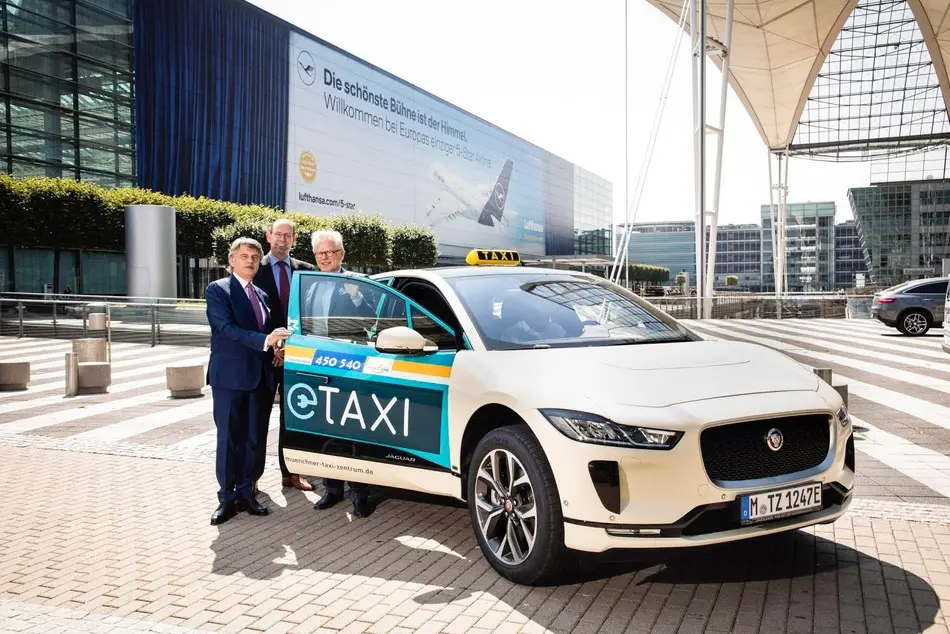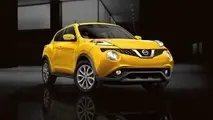The Electric Jaguar I-Pace is Germany's Newest Taxi
The Jaguar I-Pace is heading into enemy territory for a tough mission. Jaguar's first mass-market electric car will enter taxi service in the German city of Munich, competing with large fleets of diesel-powered cabs from local automakers. The rigors of taxi duty should help prove the durability of the I-Pace.

The Jaguar I-Pace is heading into enemy territory for a tough mission. Jaguar's first mass-market electric car will enter taxi service in the German city of Munich, competing with large fleets of diesel-powered cabs from local automakers. The rigors of taxi duty should help prove the durability of the I-Pace.
Jaguar said it delivered 10 I-Pace crossovers to Munich's largest taxi operator. Rides in the electric vehicles will be subsidized by the local government, as part of an effort to reduce air pollution. Jaguar also hopes taxi operations will be an effective form of advertising.
"We want to invite people in Munich to drive electric, but also drive Jaguar," Ralf Speth, Jaguar Land Rover's CEO, said in a statement. "One of the reasons we wanted to be here was the mixed traffic—you've got the city traffic, on the other you've got the autobahn to the airport."
Munich is the hometown of BMW, and Mercedes-Benz E-Class sedans are fixtures at taxi stands throughout Germany. But while BMW is planning an all-electric version of the X3 crossover, it's only current all-electric model is the pint-sized i3. Mercedes has yet to unveil its EQ C electric crossover, and Audi's e-tron is waiting in the wings as well.
Electric taxis are nothing new, though. Cities in The Netherlands and Norway employ Tesla Model S taxis, and Nissan has pitched its Leaf and e-NV200 as zero-emission alternatives to cab companies. A luxury chauffeur company has also acquired 50 I-Paces for use at London's Heathrow Airport.
With lower operating costs than gasoline or diesel cars, electric vehicles have a lot to offer taxi operators. However, as with privately-owned electric cars, range can be an issue. Driving distance isn't necessarily the problem as taxis tend to operate within set areas close to central depots. Instead, the need to stop and recharge limits the amount of time electric taxis can be on the street, making money for their owners.



